Growing Strawberries in Central Texas
Strawberries may be successfully grown in the home garden in Central Texas if care is taken to give them the right growing conditions.
Strawberries require at least 6 hours of direct sun and must have a well-drained soil. They will do best in a slightly acidic sandy loam, so if you have any other type of soil you should consider growing them in raised beds or containers.
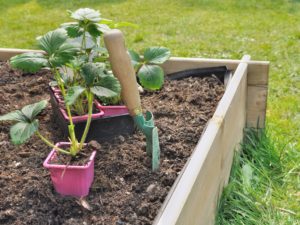
Raised Beds are a good option for us in Central Texas, as most of us do not have the sandy loam soil that is required for growing strawberries. A well-constructed 4’ x 8’ raised bed that is at least 12”-15” deep may be filled with sandy loam that has been mixed with a finely screened compost such as Heirloom Soils Leaf Mold Compost. Grow according to the Annual Method as outlined below.
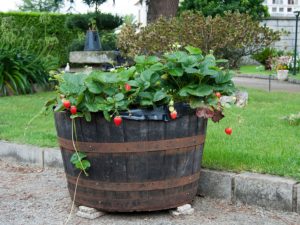
Container Growing is also a good option for growing strawberries. You may use wide, low pots, a whiskey barrel planter or hanging baskets. Fill with a quality potting soil such as Happy Frog Potting Soil, making sure there is a drainage hole in the pot. Do not place the pot in a saucer. You may plant in the fall, protecting them from freezes, or early spring for a later spring harvest. Follow the Annual Method instructions below.
WHAT ARE THE TWO GROWING METHODS FOR STRAWBERRIES?
There are two growing methods for growing strawberries in the ground in Central Texas. The plants may be treated as an annual, planting in the fall for spring harvest, and replanted every year, or they may be planted as a perennial crop that sends out runners that will be tilled between the row, and regrown every year.
The Annual Method is the one the strawberry growers in Texas use. The plants are set out in the fall, usually in October. Care is taken to plant them at the same depth that they grew in the nursery, so that the crown does not rot. Spacing is usually about 12” apart in staggered rows that are 12” apart.
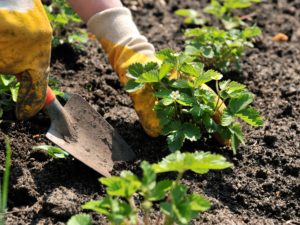
The plants will need to be carefully monitored for watering for the first month, as plants will be lost if they are allowed to dry out. Overhead watering is desirable for this first month in order to get the plants established. Watering should be changed to drip irrigation after the plants are established to reduce disease.
Fertilization should take place every few weeks with an organic fertilizer such as Fox Farm Fruit and Flower fertilizer.
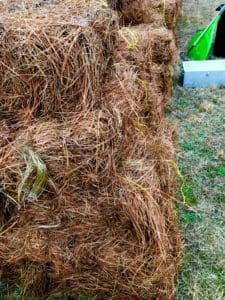
Pine needle mulch is a great mulch to use for strawberries, as it is acidic in nature and keeps the berries from contacting the soil and rotting.
Established plants should be covered for a frost or freeze, as you want the plants to continue to grow throughout the winter months. Harvest will take place in the spring, usually between February and early May. When the plants have completed their production, they are removed or plowed under. The area can then be used for planting of warm season vegetable crops, and strawberries re-planted in the fall.
The Perennial Method is not recommended for Central Texas, as it ties up space in the garden year-round and requires year-round weeding, watering and pest control.
If you do want to try the Perennial Method, set the plants out in the traditional “matted row” system. Plants are lined out 18”-24” apart in rows 3’-4’ apart. They are then allowed to send out runners for a year, filling the rows with plants. The fruit is harvested after a year, and the rows are plowed to remove the runners between them. The plants are then allowed to send out fresh runners for the next year’s harvest. Each matted row will continue to be harvested until the plants lose their productive value, usually after 2-4 years.

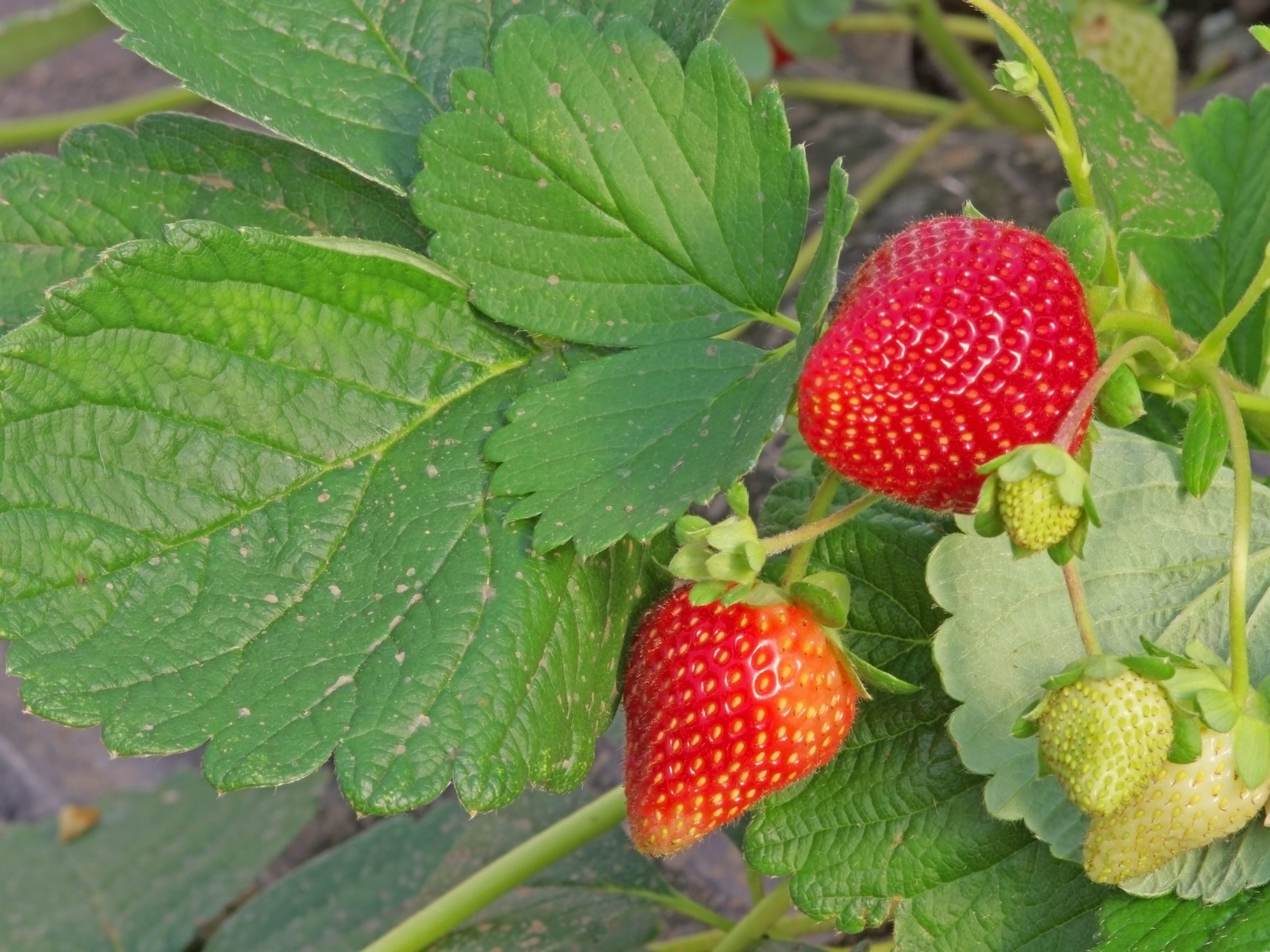

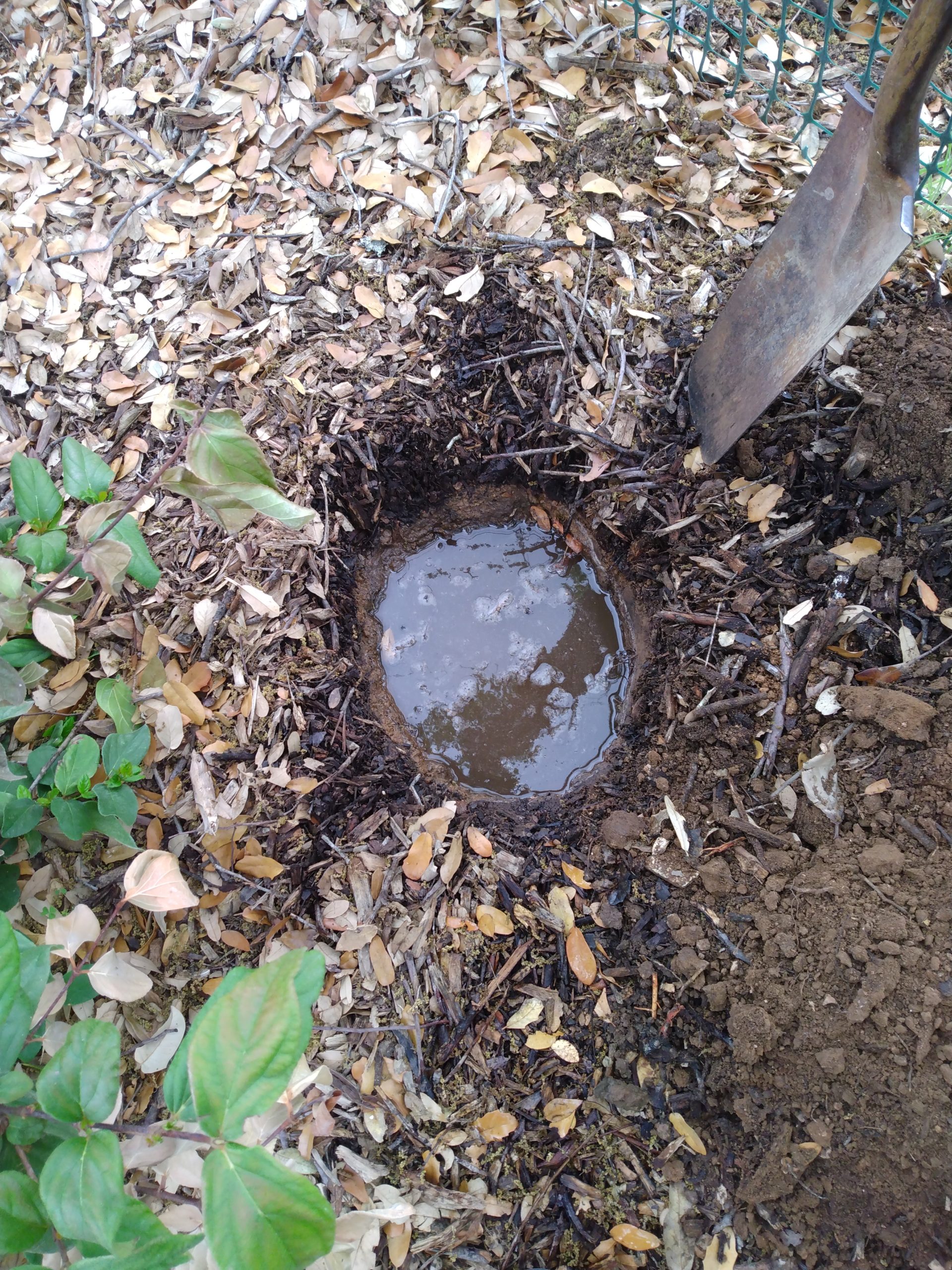
Leave A Comment